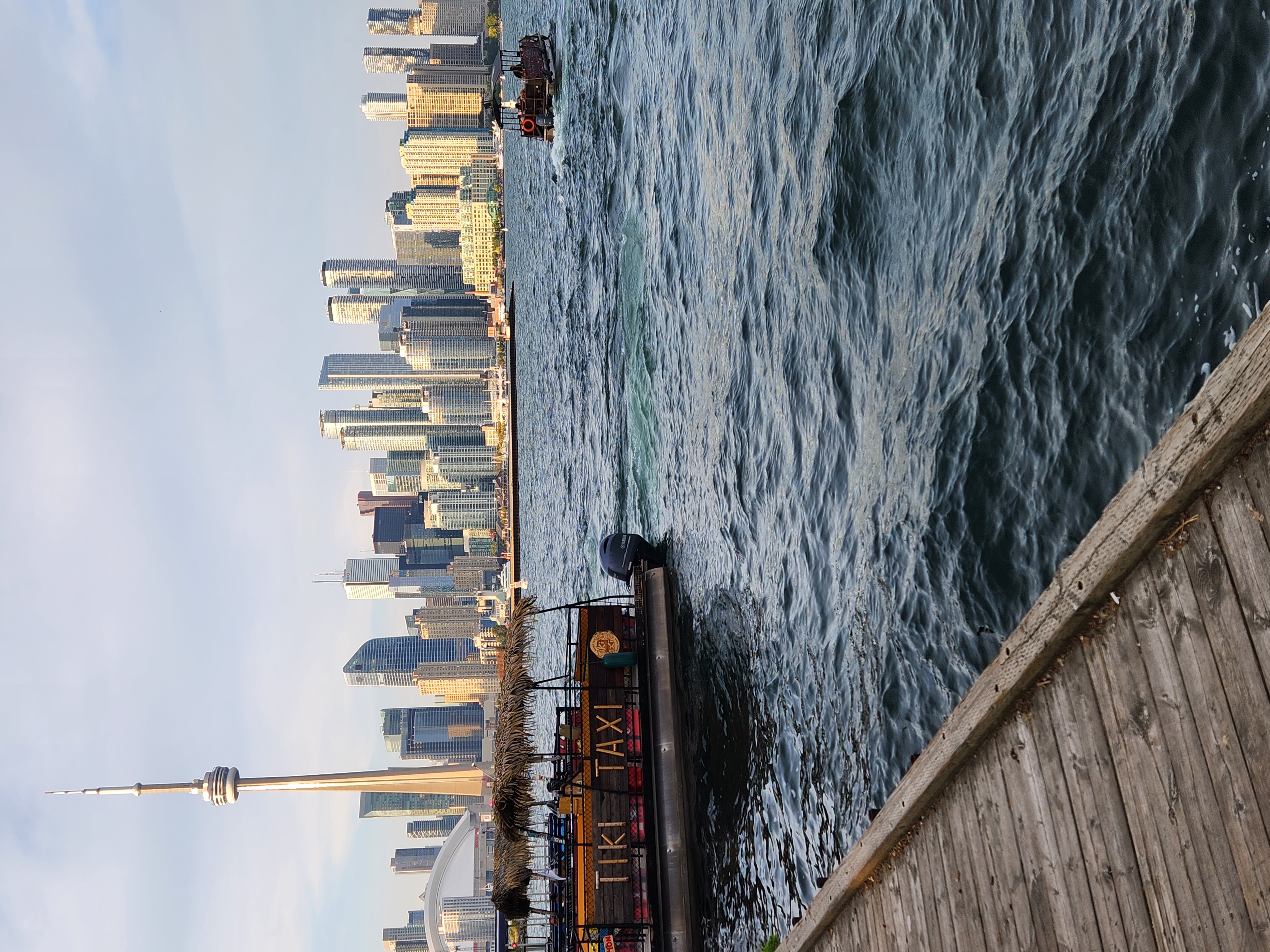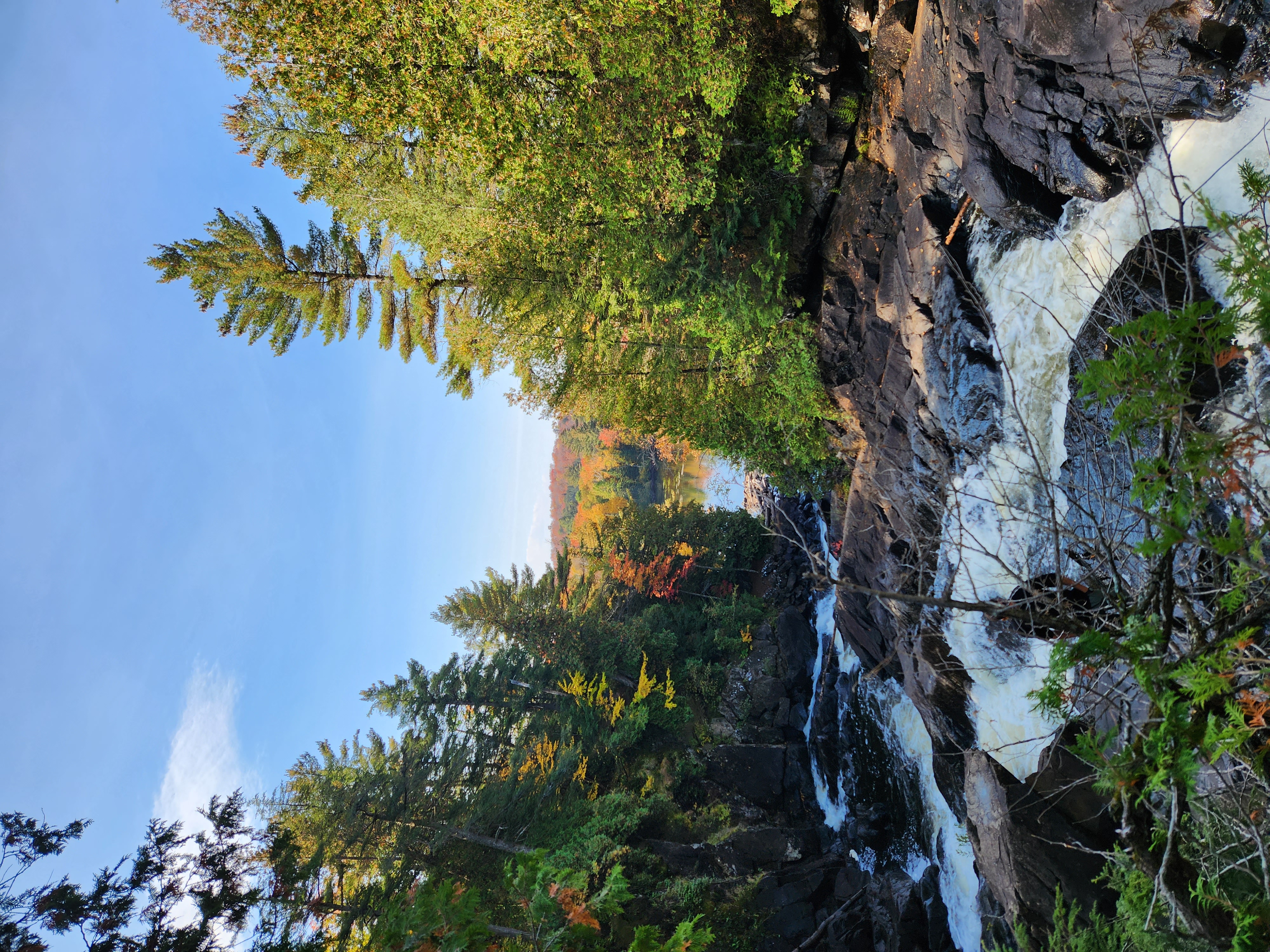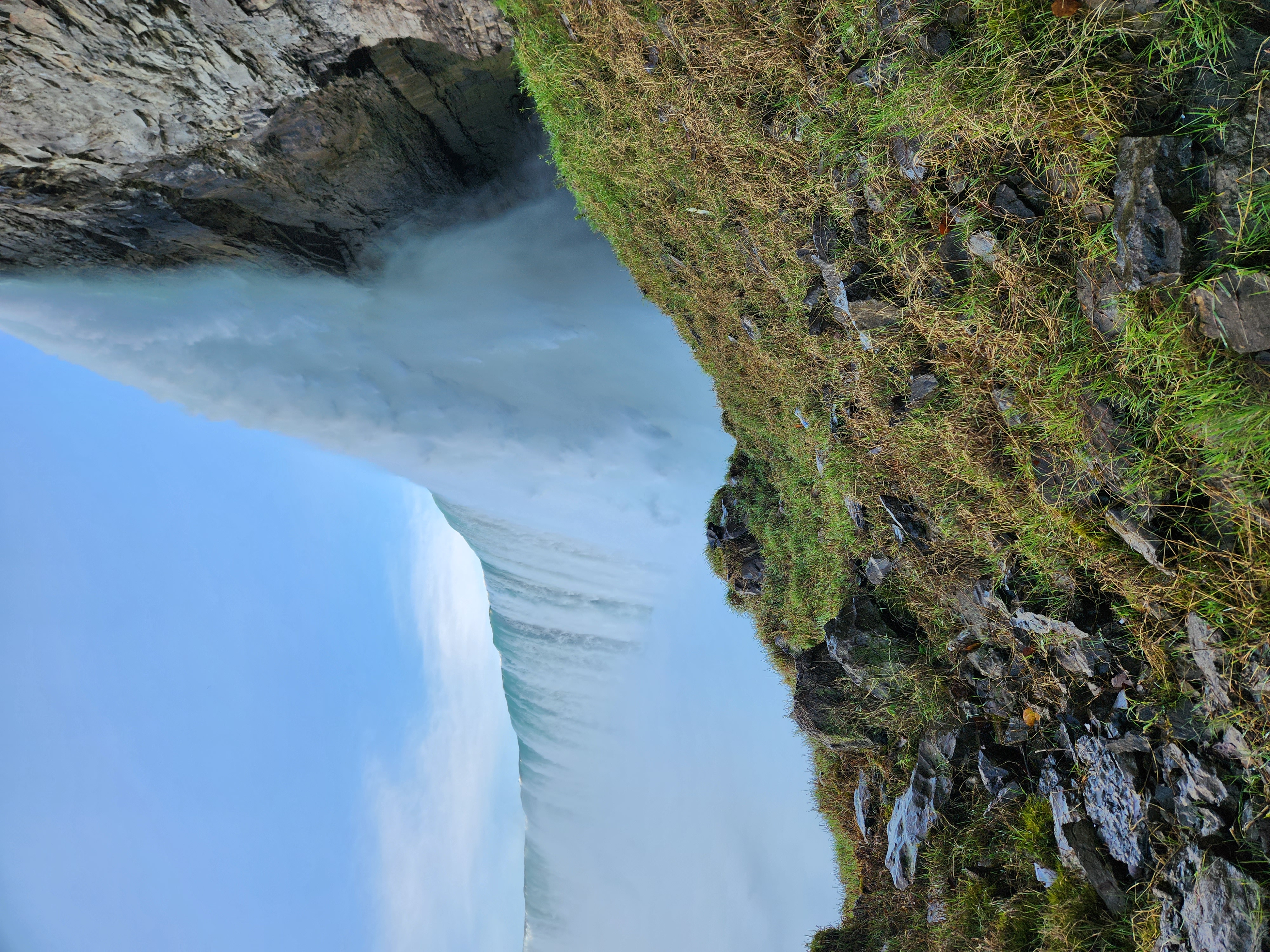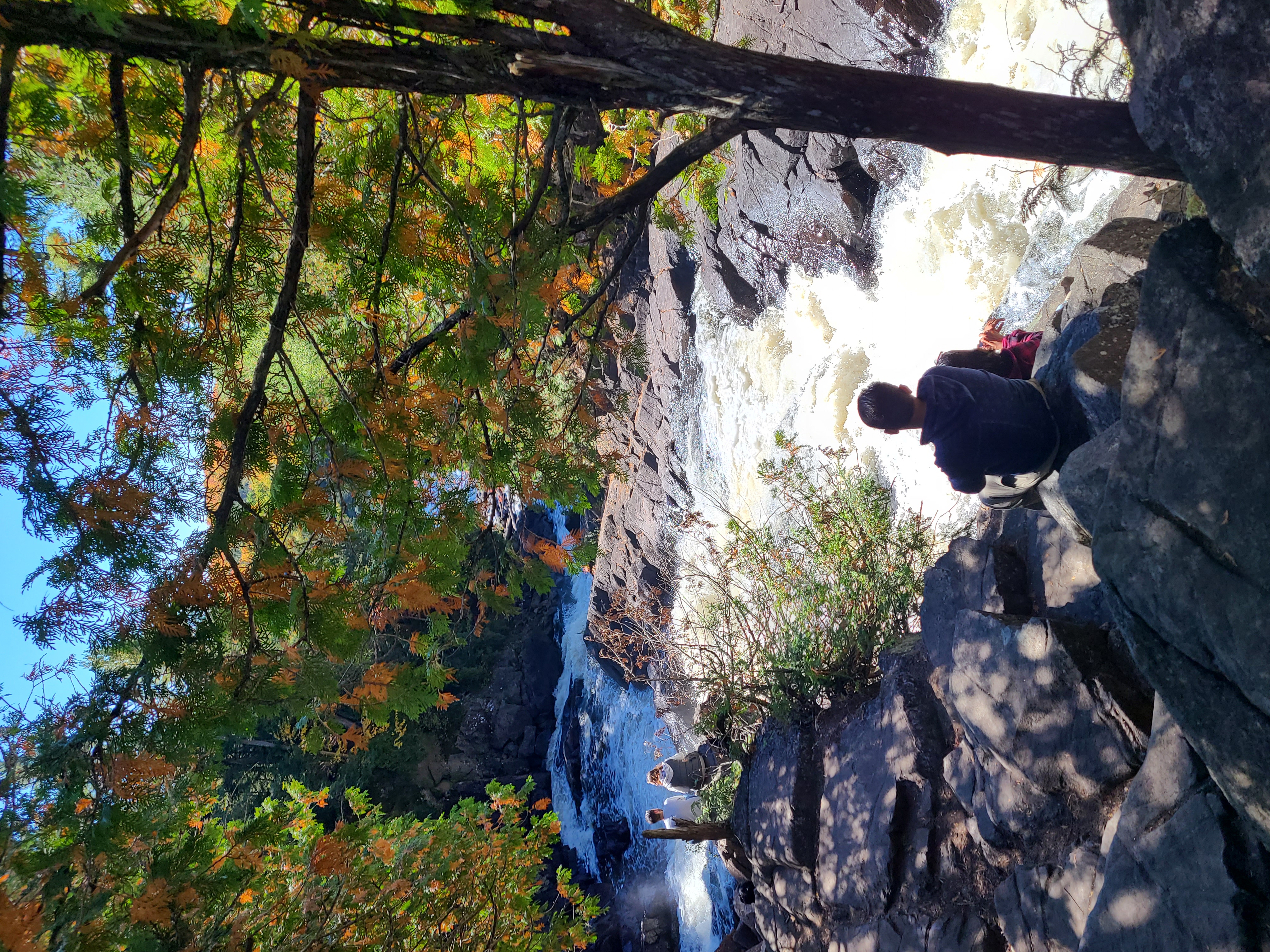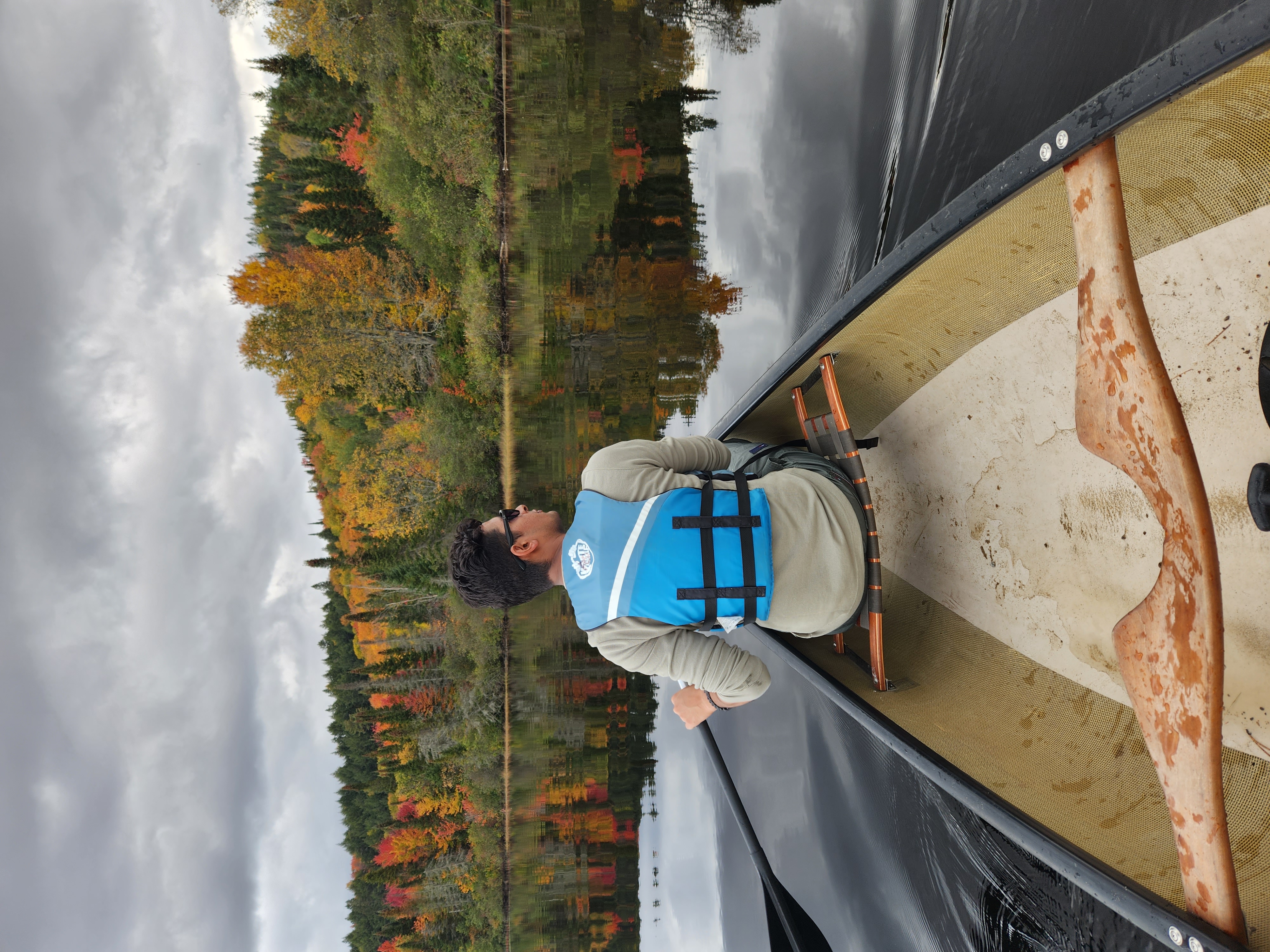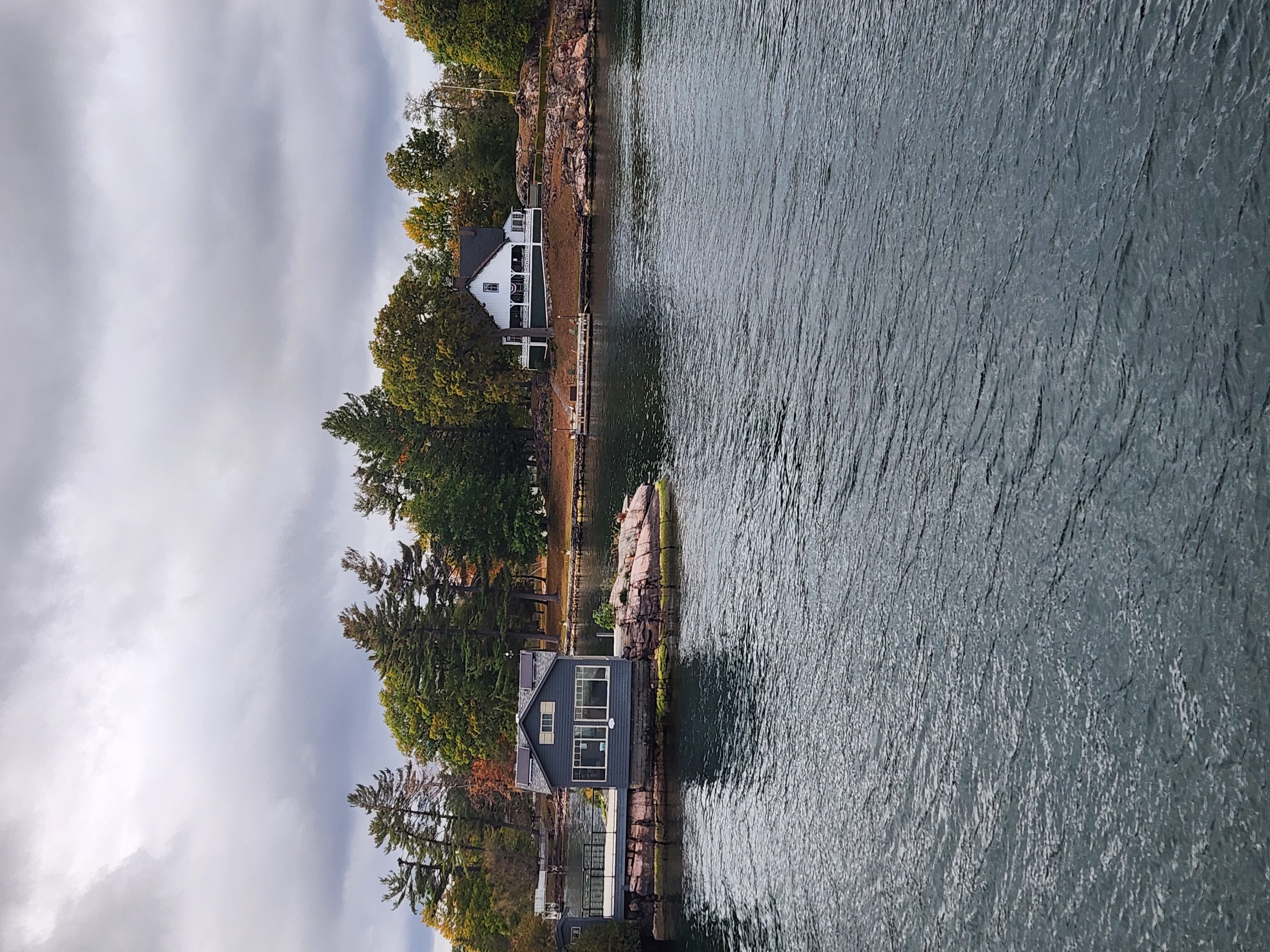A Growing Threat to Environment, Economy, and Public Health
Wildfires have become an increasingly frequent and devastating occurrence across Canada in recent years. With rising global temperatures and shifting weather patterns due to climate change, the intensity and spread of wildfires have grown alarmingly. These fires do not just consume forests; they leave lasting scars on the environment, economy, public health, and Indigenous communities. As Canada grapples with its worst wildfire seasons in recorded history, it is critical to understand the broad and deep impact of these events on the country.
Environmental Destruction
Canada is home to about 9% of the world’s forests, covering roughly 347 million hectares. Wildfires are a natural part of the forest life cycle, helping with regeneration and ecological balance. However, the scale and frequency of recent fires are not normal. In 2023 alone, wildfires burned more than 18 million hectares across Canada, an area nearly the size of Syria.
These fires release massive amounts of carbon dioxide into the atmosphere, contributing to global warming. In turn, the warming climate increases the risk of more wildfires, creating a vicious cycle. Wildfires also destroy habitats for countless species, some of which are already endangered. The loss of tree cover disrupts ecosystems, impacts biodiversity, and accelerates soil erosion and water runoff.
Economic Costs
Wildfires impose staggering economic costs on Canada. The expenses include direct firefighting costs, evacuation logistics, damage to property and infrastructure, and long-term recovery efforts. In particularly bad seasons, these costs can run into the billions. The 2021 British Columbia wildfires, for example, caused insured damages of over $500 million, while indirect costs to local economies, agriculture, and tourism were even higher.
Wildfires disrupt industries such as logging, mining, and oil and gas. Transportation corridors, including highways and rail lines, are often shut down during major fires, affecting supply chains and trade. For farmers and ranchers, smoke and fire can destroy crops, contaminate water supplies, and kill livestock. In addition, tourism, a major economic driver in several Canadian provinces, suffers significantly when natural areas become hazardous or inaccessible.
Public Health Crisis
The smoke from wildfires poses a serious threat to public health. Wildfire smoke contains fine particulate matter (PM2.5), which can penetrate deep into the lungs and even enter the bloodstream. This exposure has been linked to a range of health issues, including asthma, bronchitis, cardiovascular problems, and even premature death.
In 2023, smoke from Canadian wildfires blanketed parts of the United States, turning skies orange and triggering air quality warnings for tens of millions of people. Closer to home, thousands of Canadians each year are exposed to dangerous air pollution levels during fire season. Vulnerable groups—such as seniors, children, pregnant women, and those with pre-existing health conditions, are particularly at risk.
Hospitals and clinics often see spikes in respiratory-related visits during wildfire events, putting extra strain on healthcare systems. Long-term exposure to recurring wildfire smoke may also contribute to chronic health issues, including increased cancer risk and mental health stress.
Displacement and Social Disruption
Wildfires force thousands of Canadians to evacuate their homes each year, sometimes with little or no warning. The emotional trauma of leaving behind homes, pets, and possessions ,combined with uncertainty about when or if they can return, has long-lasting psychological effects. Many evacuees face weeks or months in temporary shelters or hotels.
Indigenous communities, which are often located in remote, forested regions, are especially vulnerable. Evacuations in these areas are more difficult due to limited access, and the social and cultural impacts are more severe. For example, displacement may sever people from traditional lands used for hunting, fishing, and spiritual practices, causing deep cultural loss.
Infrastructure and Urban Impact
While wildfires are more common in forested and rural areas, urban centers are not immune. The 2016 Fort McMurray wildfire in Alberta destroyed over 2,400 homes and buildings and led to the largest evacuation in Canadian history. It highlighted how urban communities are increasingly at risk due to the expansion of the wildland-urban interface (WUI), areas where development meets forest land.
Fires near urban zones threaten critical infrastructure, including power grids, telecommunications, and water systems. Rebuilding after such events takes years and can be complicated by insurance issues, supply chain delays, and labor shortages.
Climate Change Feedback Loop
Canada’s wildfires are both a consequence and a cause of climate change. As temperatures rise and rainfall patterns shift, conditions become ideal for more intense and longer-lasting fires. In turn, wildfires release vast quantities of greenhouse gases, CO2, methane, and nitrous oxide , into the atmosphere, exacerbating global warming.
Permafrost in northern Canada, which stores massive amounts of carbon, is also at risk. As fires burn in these areas, permafrost thaws and releases even more carbon, intensifying the feedback loop. This dynamic makes it even more urgent for Canada to adopt stronger climate mitigation and adaptation strategies.
Conclusion: A National Challenge Requiring Collective Action
Wildfires in Canada are no longer seasonal blips—they are a national emergency with year-round consequences. The economic, environmental, health, and social costs of wildfires are massive and growing. Tackling this crisis requires a comprehensive approach: strengthening firefighting capacity, investing in early detection systems, building fire-resilient communities, respecting Indigenous land stewardship practices, and ,most importantly ,aggressively addressing the root cause: climate change.
As Canada looks to the future, wildfires must be viewed not just as natural disasters,








